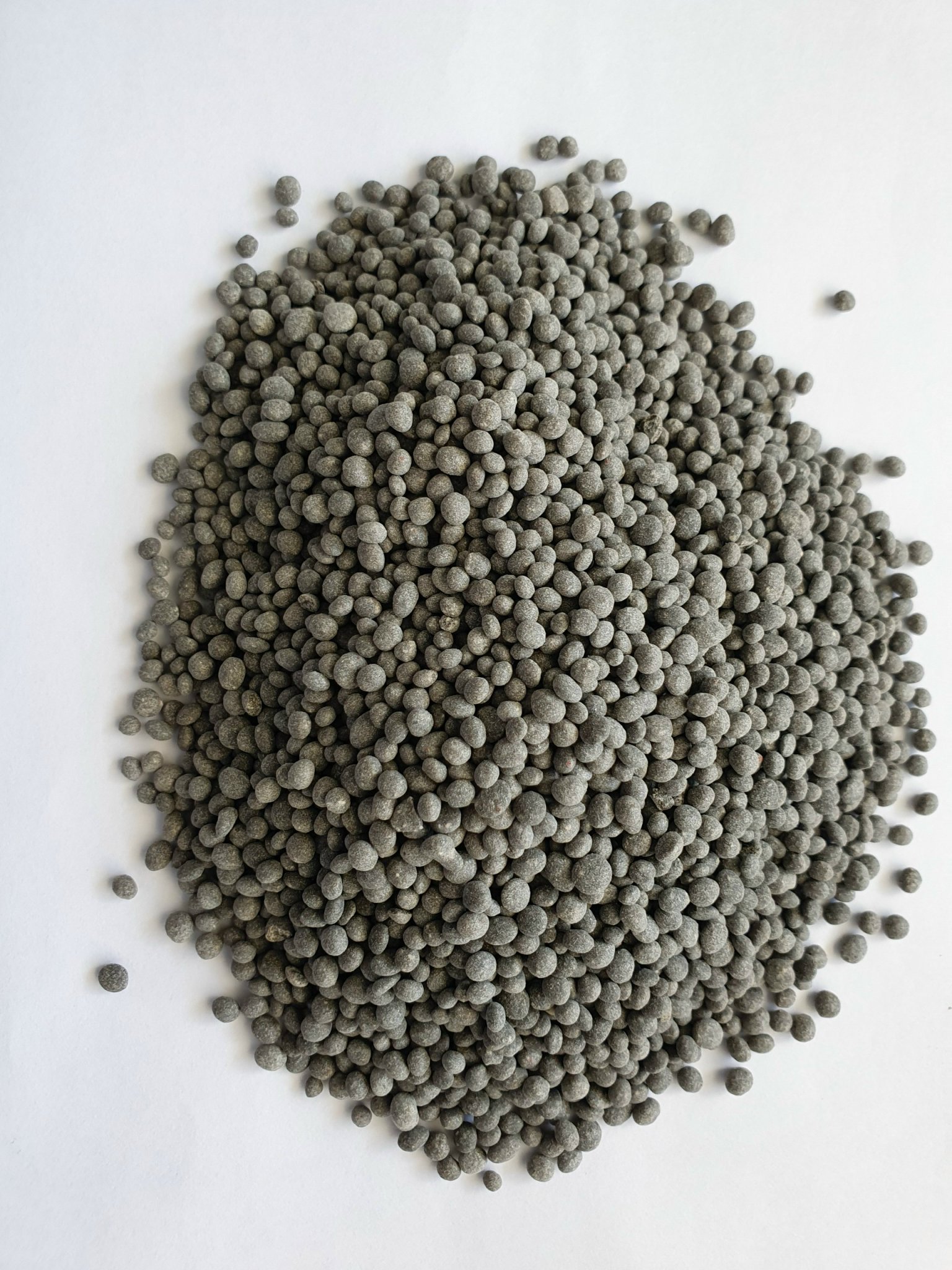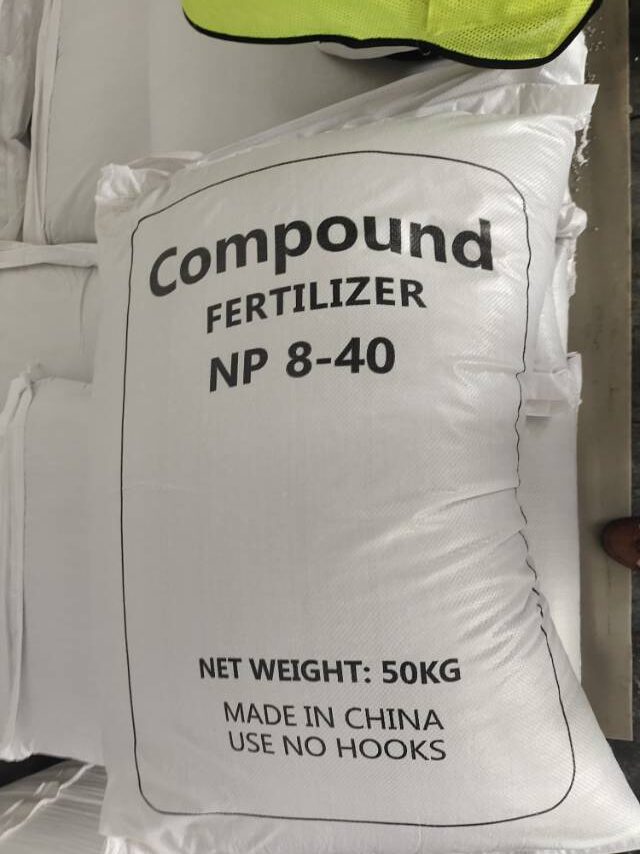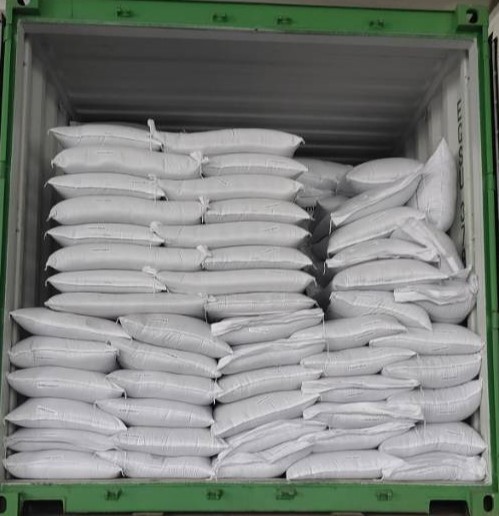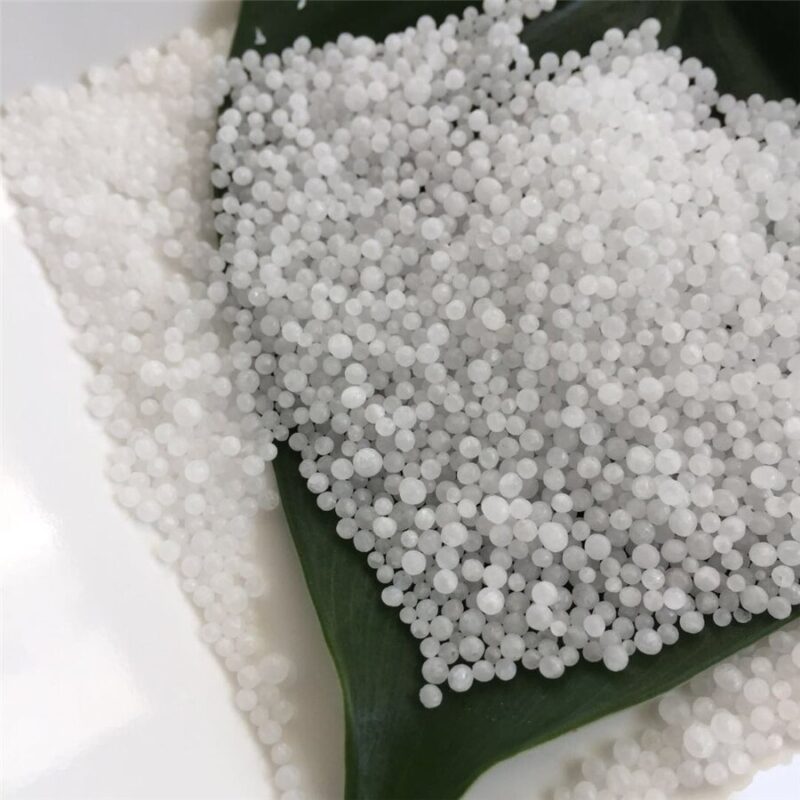Compound fertilizer NP 8-405 (1)
INCI name: Compound fertilizer NP 8-40
Appearance: Grey white or light grey granular material
Packaging: in 50kg bag
Standard: Complies with national standards, containing 8% N, 40% P₂O₅ (total nutrients ≥48%), and meeting moisture, particle size requirements.
Description
Compound fertilizer NP 8-40 is a nitrogen phosphorus compound fertilizer with a nitrogen (N) content of 8% and an effective phosphorus content of 40%. It appears as gray white or light gray granules, with uniform particles, smooth surface, and no pungent odor; Due to its low nitrogen content and high phosphorus content, it is suitable for crops or growth stages with high phosphorus demand but low nitrogen demand, such as legume crops , fruit tree swelling period, etc. It can provide targeted phosphorus nutrition for crops to promote flowering and fruiting, root development, etc., while supplementing an appropriate amount of nitrogen to support basic growth.
Physical and chemical properties
Solubility: It has a certain degree of water solubility and can gradually dissolve in soil, releasing nutrients such as nitrogen and phosphorus for plants to absorb and utilize. However, its dissolution rate is relatively slow and its fertilizer effect is more long-lasting.
Stability: Under normal storage conditions, this compound fertilizer has good stability, is not easily decomposed or volatilized, and can be stored for a long time without affecting fertilizer efficiency.
| Test Item | Specification | Test Results |
| Total Nutrient(N+P) | 48.0 %min | 48.0 % |
| N as Nitrogen | 8.0% min | 8.0% |
| Available P2O5 | 40.0 % min-2% | 40.0 % |
| Water soluble P2O5 | 28.0% | |
| Moisture | 3.0 % max | 2.1% |
| Size (mm): 2.0-4.75 | 90% min | 91.2% min |
| Appearance | Gray or off white, Free flowing | Gray white, Free flowing |
Core Features:
Advantages:
▪ 40% phosphorus efficiently meets key-stage needs (flowering, fruiting, root development) to boost growth/yield.
▪ Granular form ensures easy storage/application and uniform distribution, reducing uneven fertilization.
▪ Total nutrients ≥48% enable one-time targeted N-P supply, lowering fertilization frequency.
Disadvantages:
▪ Lacks potassium; requires additional potassium fertilizer for potassium-deficient soils/crops to avoid imbalance.
▪ Fixed N-P ratio limits flexibility, needing adjustment per crop stages/soil fertility.
▪ Long-term single use may cause phosphorus accumulation, inhibit trace element absorption (zinc, iron), and risk soil compaction; requires balanced use with organic fertilizers, etc.
Functions and Applications:
Core Role: Supplies moderate nitrogen to support basic vegetative growth, while high phosphorus strongly supports critical stages like flowering, fruiting, and root development, enhancing crop yield and quality.
Suitable Crops: Ideal for phosphorus-demanding crops such as fruit trees (flowering/fruiting periods), vegetables (seedling and fruiting stages), oil crops (e.g., rapeseed), and legumes (which fix nitrogen via rhizobia, reducing reliance on external nitrogen).
Suitable Soils: Applicable to phosphorus-deficient soils; in potassium-deficient areas, must be combined with potassium fertilizers to avoid nutrient imbalance.
Application Methods: Used as base fertilizer (deeply applied to root zones) or topdressing (applied via hole or furrow during key phosphorus-requiring phases); not suitable for foliar spraying.
Key Notes: Avoid mixing with alkaline substances (e.g., lime) to prevent reduced phosphorus availability; combine with organic fertilizers to improve nutrient utilization and reduce soil issues.
Get Latest Price and Detail






